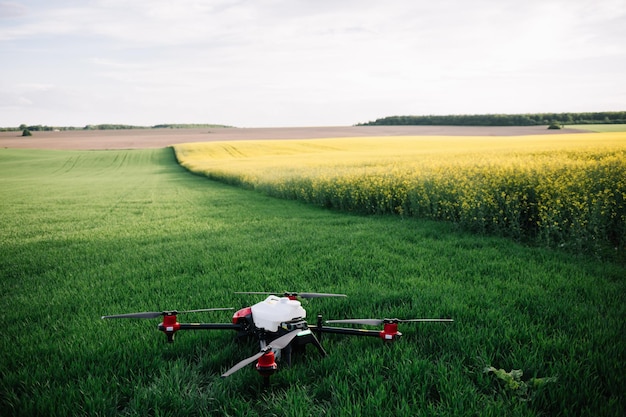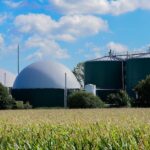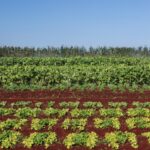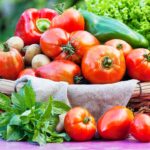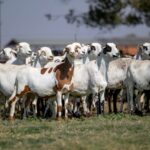Precision farming has revolutionized the agricultural industry by integrating advanced technologies to improve efficiency, productivity, and sustainability. One of the most innovative tools driving this transformation is the use of drones. These unmanned aerial vehicles (UAVs) have become an essential component of modern farming, enabling farmers to monitor crops, assess field conditions, and make data-driven decisions in real time. In this article, we will explore the significant role of drones in precision farming and crop monitoring.
What is Precision Farming?
Precision farming, also known as precision agriculture, involves the use of technology to monitor and manage field variability in crops. By using data-driven insights, farmers can optimize input usage such as water, fertilizer, pesticides, and labor, ultimately improving crop yield, reducing waste, and minimizing environmental impact. Drones play a crucial role in this process by providing farmers with accurate, real-time data to make informed decisions.
1. Crop Monitoring and Health Assessment
One of the primary uses of drones in precision farming is crop monitoring. Equipped with high-resolution cameras and sensors, drones can capture images of crops from above, allowing farmers to assess their health and growth patterns. These images can identify issues such as:
- Nutrient deficiencies: Drones can detect areas of the field where crops are not receiving enough nutrients, helping farmers apply targeted fertilizers.
- Pests and diseases: Early detection of pest infestations or signs of disease can help farmers take timely action to prevent further damage.
- Weed growth: Drones can also identify weeds within crops, enabling farmers to apply herbicides only where needed, reducing chemical use and promoting sustainability.
Drones equipped with multispectral or hyperspectral sensors can provide insights beyond what the human eye can see, such as detecting subtle changes in plant health through infrared and ultraviolet imagery.
2. Field Mapping and Data Collection
Drones can create detailed, high-resolution maps of farm fields, providing valuable data for decision-making. These maps are useful for various tasks:
- Soil analysis: By flying over fields at different times, drones can generate maps of soil properties, such as moisture levels, temperature, and compaction, which are essential for effective irrigation and planting decisions.
- Topographic surveys: Drones can capture elevation and slope data, which helps farmers understand drainage patterns and optimize field layout.
- Field variability: Drones can detect areas of the field with different crop yields or soil characteristics, allowing farmers to implement variable rate technology (VRT) to apply inputs (water, fertilizers, etc.) according to the specific needs of each zone.
This data collection is faster and more accurate than traditional methods, such as manual surveys, saving time and improving the overall quality of the data.
3. Irrigation Management
Irrigation is a critical aspect of farming, especially in areas with water scarcity. Drones can significantly enhance irrigation management by providing detailed, real-time insights into field moisture levels. Equipped with thermal sensors, drones can detect variations in temperature, which indicates areas of the field that are over- or under-irrigated. By analyzing these thermal images, farmers can adjust irrigation systems to ensure even water distribution, thus conserving water and preventing crop stress.
In addition, drones can be used to monitor irrigation infrastructure, such as pipes and sprinklers, to detect leaks or malfunctions that could lead to water wastage.
4. Yield Prediction and Harvest Planning
Drones can also assist farmers in predicting crop yields and planning for harvest. By capturing images throughout the growing season, drones can analyze crop growth patterns and estimate the final yield. This information is invaluable for planning the harvest, scheduling labor, and determining storage needs. Additionally, yield prediction data helps farmers make informed decisions about marketing their crops and managing post-harvest logistics.
By combining drone data with other technologies, such as machine learning algorithms, farmers can obtain highly accurate yield predictions, improving supply chain management and reducing food waste.
5. Precision Application of Inputs
Drones can be equipped with spraying systems to deliver fertilizers, pesticides, herbicides, or fungicides with remarkable precision. Unlike traditional ground-based equipment, drones can apply these inputs to specific areas of the field that require attention, minimizing waste and reducing the environmental impact of over-application.
For example, if a drone detects a pest infestation in one part of a field, it can precisely apply pesticides only to that area, rather than spraying the entire field. This targeted approach not only reduces chemical usage but also lowers costs and promotes sustainable farming practices.
6. Real-Time Monitoring and Decision Making
Drones enable real-time monitoring of crops and fields, providing farmers with up-to-the-minute data that can be used to make immediate decisions. Whether it’s adjusting irrigation schedules, applying nutrients, or taking action against pests, drones allow farmers to respond quickly to changing conditions. This ability to make timely decisions is especially valuable in dynamic environments where weather, pests, and diseases can impact crop health.
Farmers can access drone data through cloud-based platforms, making it easy to view and analyze information from anywhere, even remotely. This connectivity allows farmers to monitor their fields while on the go, making it easier to manage large or remote farms.
7. Cost and Time Efficiency
In traditional farming practices, crop monitoring and field surveys can be time-consuming and labor-intensive. Drones offer a more cost-effective and efficient alternative. By covering large areas in a short amount of time, drones can reduce the need for manual labor and lower operational costs. Furthermore, by using drones to monitor crop health and apply inputs, farmers can reduce the need for expensive machinery and equipment, such as tractors and sprayers.
The cost savings from using drones for precision farming are significant in the long run, making them an attractive investment for many farmers.
Drones are transforming the way farmers approach crop monitoring and precision farming. By providing real-time data, improving efficiency, and reducing costs, drones help farmers make better-informed decisions that lead to increased productivity and sustainability. As drone technology continues to evolve, its role in agriculture will only grow, offering farmers even more powerful tools to optimize their operations and meet the challenges of modern farming. With the ability to monitor crop health, manage irrigation, and apply inputs precisely, drones are proving to be indispensable allies in the pursuit of efficient and sustainable farming practices.
Join 'Farmers Mag' WhatsApp Channel
Get the latest Farming news and tips delivered straight to your WhatsApp
CLICK HERE TO JOIN
